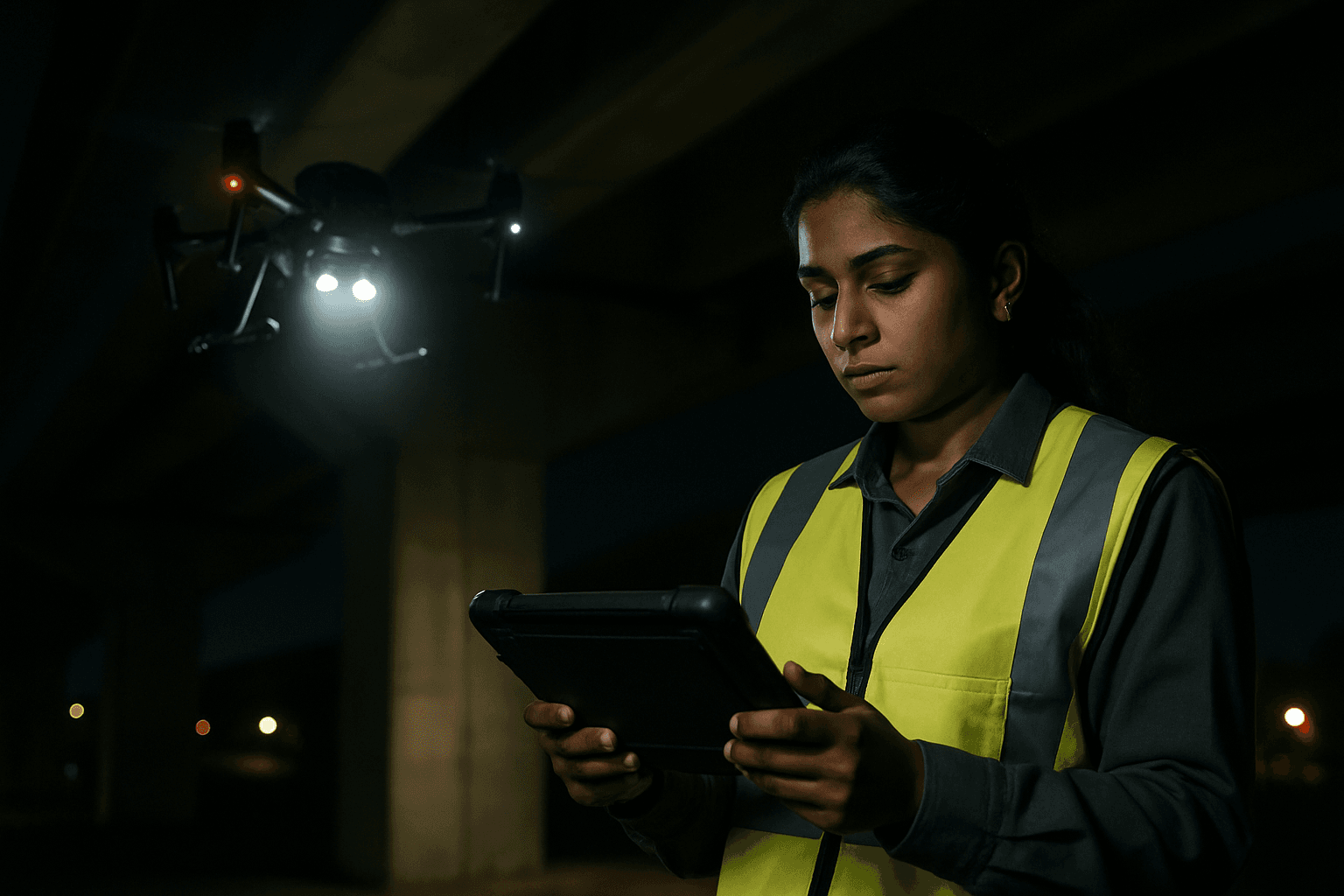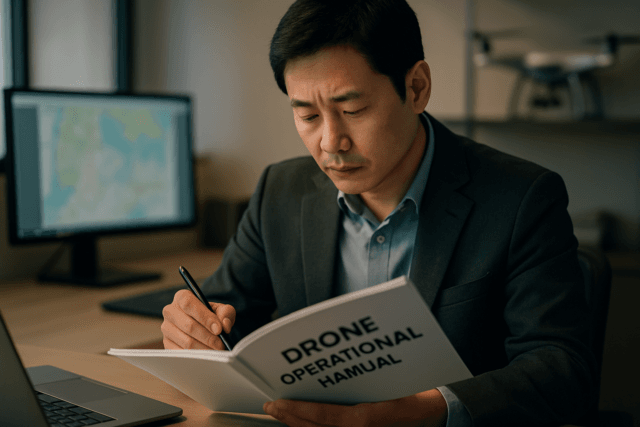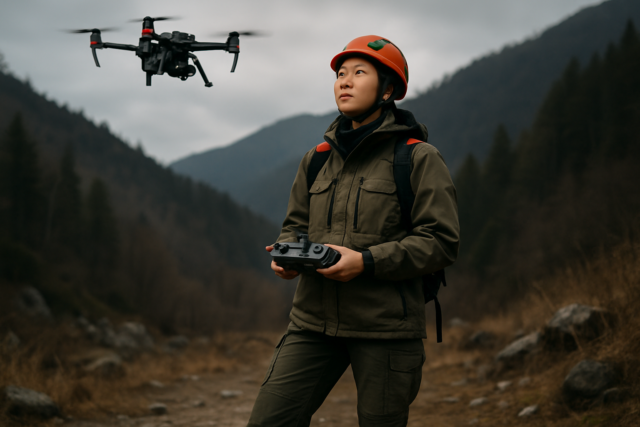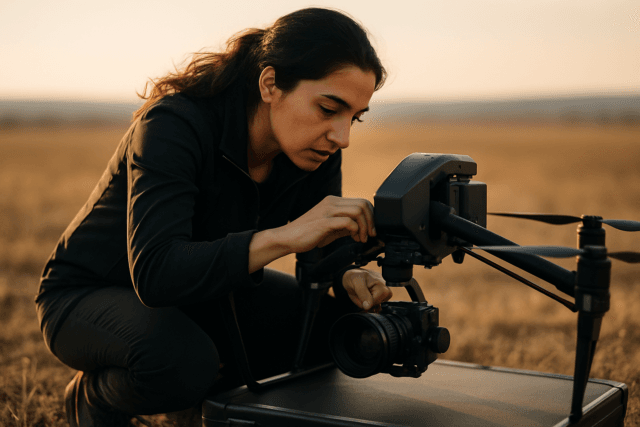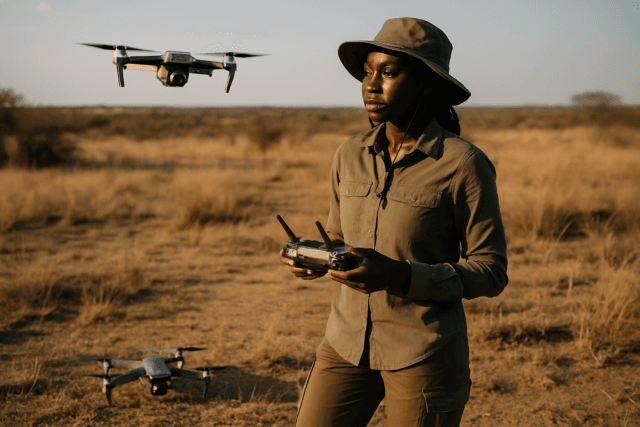The vast networks of transportation infrastructure – from sprawling highways and intricate railway systems to critical bridges and bustling airports – are the lifeblood of modern economies and societies. Ensuring their safety and operational integrity is paramount, yet the cover of night presents unique and formidable challenges for effective surveillance and inspection. Traditional methods, often reliant on human patrols or fixed cameras, struggle with limited visibility, vast expanses, and inherent risks to personnel. However, a new era of security and maintenance is dawning, with Unmanned Aerial Vehicles (UAVs), commonly known as drones, emerging as indispensable tools for safeguarding transportation infrastructure at night.
The Criticality of Transportation Infrastructure Security
Transportation infrastructure is a prime target for various threats, including vandalism, sabotage, theft, and even environmental damage. Any disruption can lead to significant economic losses, safety hazards, and widespread inconvenience. For instance, damage to railway tracks can derail trains, while structural weaknesses in bridges can lead to catastrophic failures. The sheer scale and distributed nature of these assets make comprehensive, round-the-clock monitoring a monumental task for human-centric security operations. Maintaining efficient road infrastructure is essential for urban mobility, economic growth, and public safety.
Overcoming Nighttime Surveillance Challenges with Drones
Nighttime exacerbates many of the difficulties inherent in infrastructure security and inspection. Low light severely compromises human vision and standard optical cameras, making it difficult to detect anomalies, intruders, or structural issues. Furthermore, deploying human personnel in dark, often remote or hazardous locations increases safety risks and operational costs. Drones offer a revolutionary solution by providing enhanced visibility, reducing human risk, and enabling more efficient, cost-effective operations during off-peak hours.
Enhanced Visibility in Low-Light Conditions
One of the most significant advantages of drones for nocturnal surveillance is their ability to “see” in the dark. This is primarily due to specialized payloads:
- Thermal Imaging (Infrared) Cameras: These cameras detect heat signatures rather than visible light, allowing operators to visualize objects, animals, or people even in complete darkness, through smoke, or fog. They are essential for detecting heat anomalies that might indicate overheating components in electrical systems, gas leaks, or even hidden individuals. Thermal drones can make nighttime tasks as clear as day, enhancing night vision for security personnel patrolling large premises.
- Near-Infrared (NIR) Auxiliary Light: Some advanced drones, like the DJI Matrice 4T, integrate NIR auxiliary light to enhance low-light performance further, working alongside thermal and visual cameras.
- Zoom Cameras: Equipped with powerful zoom lenses, these cameras allow close monitoring of areas of interest from a distance, crucial for threat identification and detailed investigations without needing to get too close.
Improved Safety and Cost-Effectiveness
Traditional inspection methods often involve sending workers to dangerous heights (e.g., on bridges or power lines) or into confined spaces, increasing the risk of accidents and injuries. Drones significantly mitigate these risks by allowing inspections to be conducted remotely from a safe distance, often from the ground. This enhanced safety for personnel is a primary driver for drone adoption in infrastructure management.
Beyond safety, drones offer considerable cost savings. They reduce reliance on expensive equipment like scaffolding, cranes, or manned helicopters and eliminate the need for traffic closures during inspections, which saves time and money. Studies suggest that drone infrastructure inspection can reduce costs by 40-60% and inspection time by up to 70% compared to traditional manual methods.
Real-Time Monitoring and Rapid Response
Drones provide real-time aerial insights, enabling swift detection of breaches, suspicious activities, or emerging issues. Modern drones are capable of transmitting data instantly, supporting immediate, informed decision-making for security teams. In emergencies, drone-in-a-box solutions can rapidly deploy a UAV within minutes, speeding towards a target at high speeds to provide real-time information to first responders. This capability is critical for assessing damage after accidents or natural disasters when conditions may still be hazardous.
Advanced Drone Technologies for Night Operations
The effectiveness of drones in safeguarding transportation infrastructure at night is greatly amplified by integrating cutting-edge sensor and software technologies.
LiDAR (Light Detection and Ranging)
LiDAR technology uses laser light to create high-resolution, detailed 3D maps of surfaces and objects. This is invaluable for:
- Structural Integrity Checks: LiDAR can detect subtle changes, deformations, or wear and tear that might not be visible to the naked eye. For bridges, it provides meticulous inspections without impeding traffic flow. For roads, it maps surface and sub-surface features, enabling accurate monitoring of conditions and early detection of wear.
- Vegetation Management: Along railway lines or highways, LiDAR can identify encroaching vegetation that could pose a risk.
- 3D Modeling: High-resolution 3D models can be created for in-depth structural analysis and long-term monitoring, allowing engineers to track changes over time and implement proactive maintenance.
AI-Powered Analytics and Automation
The sheer volume of data collected by drones necessitates advanced analytical capabilities. Artificial intelligence (AI) and machine learning (ML) are transforming drone operations for infrastructure security:
- Anomaly Detection: AI algorithms can analyze drone-captured images and data in real-time or post-flight to identify patterns and anomalies that indicate potential risks, such as cracks, corrosion, track misalignments, or vegetation encroachment. AI can differentiate between minor and critical issues for real-time hazard detection.
- Predictive Maintenance: By training AI models on historical data and current drone footage, it’s possible to predict future failures and optimize maintenance schedules, moving from reactive to proactive intervention.
- Autonomous Flight and Data Processing: AI enables drones to self-operate, navigate autonomously, avoid obstacles, and follow predefined flight paths for efficient critical infrastructure protection. Cloud-based data processing streamlines the analysis of collected information, improving decision-making.
- Automated Reporting: AI can generate detailed inspection reports, highlighting critical issues and recommending actions.
Diverse Applications in Transportation Sectors
The versatility of drones makes them suitable for a wide array of transportation infrastructure:
- Bridges: Drones equipped with high-powered zoom lenses, LiDAR, and thermal cameras can quickly and accurately assess the condition of bridges, detecting cracks, spalls, structural defects, delamination, and rusting without disrupting traffic.
- Roads and Highways: UAVs can monitor road conditions, detect potholes, assess damage, and provide real-time traffic flow updates to optimize traffic light controls and reroute traffic, potentially minimizing congestion by nearly 30%.
- Railways: Drones can inspect tracks, overhead lines, tunnels, and surrounding areas for issues like rail wear, displacement, erosion, landslides, or vegetation encroachment. They are also used to detect wildfire risks around rail corridors.
- Pipelines and Power Lines: Drones can efficiently inspect long stretches of pipelines and power transmission lines, identifying issues such as overheating components, insulation failures, or electrical faults that are not visible to the naked eye.
- Airports: Drones can be used for perimeter security and surveillance, detecting unauthorized activities, and quickly assessing damage during emergencies. Counter-drone technology is also becoming essential to prevent disruptions from unauthorized UAVs.
Regulatory Landscape for Night Drone Operations
While the technological capabilities are rapidly advancing, regulatory frameworks are crucial for safe and legal drone operations, especially at night.
In the United States, the FAA’s Part 107 rules allow routine operations of small UAS at night under specific conditions:
- The drone must be equipped with anti-collision lighting visible for at least three statute miles and flashing at a rate sufficient to avoid a collision.
- The remote pilot in command must have completed an updated initial knowledge test or online recurrent training that covers night operations.
- Visual line of sight (VLOS) must be maintained with the drone at all times, either by the pilot or a visual observer.
- Remote ID must be active if required for the drone.
Other countries have their own regulations. For example, Canadian pilots need a drone pilot license and must have lights on their drone for night flights, while Australia requires a Remote Operator Certificate (ReOC) for night flying by commercial operators. These regulations aim to ensure safe integration of drones into national airspace while harnessing their benefits.
The Future Outlook: Smarter, Safer, More Autonomous
The trajectory for drone use in safeguarding transportation infrastructure at night points towards greater autonomy, integration, and sophistication. We can expect:
- Increased Range and Endurance: New drone models with longer flight times and increased range will cover larger areas more efficiently.
- Drone-in-a-Box Solutions: Automated drone stations will allow for rapid, autonomous deployment and recharging, enabling continuous, 24/7 monitoring with minimal human intervention.
- Deeper AI Integration: Further advancements in AI and generative AI will lead to more sophisticated anomaly detection, predictive modeling, automated reporting, and even simulation for training purposes.
- Multi-Sensor Payloads: Drones will continue to integrate a wider array of sensors (e.g., thermal, LiDAR, hyper-spectral, gas detection) to gather even more comprehensive data.
- Counter-Drone Technologies: As drone use becomes more widespread, the need for robust counter-drone systems to detect and mitigate threats from unauthorized UAVs around critical infrastructure will also grow.
Drones are no longer a futuristic concept but an integral, evolving component of critical infrastructure security and maintenance. By leveraging advanced sensor technology, AI, and autonomous capabilities, they are revolutionizing how we protect our vital transportation networks, ensuring safety, efficiency, and resilience, even when darkness falls.

